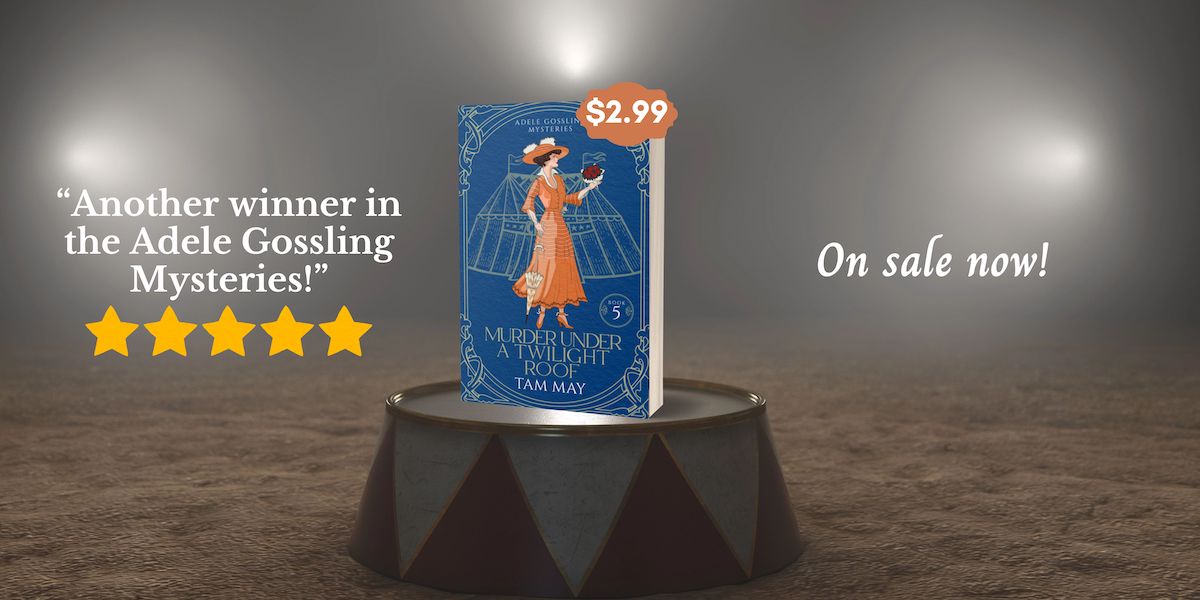It’s Easter Sunday today (in the United States, that is). The cartoon below got me thinking about my blog post last year which talks about Easter in the Gilded Age and what Easter was like in the Progressive Era, just a quarter of a century later. I think you’ll agree with me that it was light night and day.
The Gilded Age is roughly the last quarter of the 19th century while the Progressive Era is generally thought of as the first few decades of the early 20th century up until World War 1. These aren’t hard-and-fast boundaries, but generally, that’s what we’re talking about.
It seems like a subtle difference, but change was very rapid during this period in America, unlike the 21st century where things seem to be evolving at turtle-speed (until COVID came along, that is). What changed the nation’s attitudes toward Easter?

Photo Credit: She won’t bow to the hat, C. J. Taylor, 1896, Library of Congress, Chromolithographs: Picryl/No known restrictions
The cartoon above gives us a good idea. It pits a Gilded Age woman against a New Woman of the early 20th century. The Victorian woman, all feted for Easter, points at a lavish hat sitting on top of the Maypole as if to say, “and where’s your Easter bonnet, my dear?” The New Woman, dressed in more sensible garb, looks at her with some amusement as if to answer, “Ma’am, I have bigger fish to fry. Off to the suffragist parade!”
In my blog post last year, I wrote about how the holiday turned into another reason for Gilded Agers to show off their excesses and wealth by way of the Easter bonnet, Easter parade, and other holiday traditions. Progressives, however, had a totally different agenda. By the turn of the century, America the prosperous had become America the problematic. Many thought the nation needed fixing after what the last century had done to it and many took up the task of doing so. This is why reforms such as workers’ rights, women’s rights, and environmental issues became such a big part of the political and social agenda of the time.
Progressives took themselves seriously and their attitude toward Easter changed because of this. They saw it as a time for political and social renewal. In the framework of Progressive Era priorities, this makes sense. Change is about renewal and change was the word of the day in the early 20th century. Renewing the nation, so to speak, was the passion of the progressives, so the symbolism inherent in Easter and its spring season represents fit right into that.
My protagonist in The Adele Gossling Mysteries is all about renewal and change. She’s unabashedly a New Woman and stands up for women’s rights, sometimes a little too passionately in the eyes of her more conservative brother and the Arrojo townspeople. Her fight for women to be heard and recognized extends not only to the living but to the dead. It’s her motivation for getting involved with crime. She wants justice for every woman, even those that can no longer be heard.
But Adele is also about change and progress on a more practical level. In Book 6 (coming this summer) she takes her stationery store to new levels, including hiring some extra help and building a new wing for her shop.
For right now, though, you can enjoy reading about Adele tackling murder and mayhem when the circus comes to town in Murder Under a Twilight Roof, Book 5 of the series. It’s set to come out later this month but it’s at a special preorder price right now, so you can grab a copy here.
If you love fun, engaging mysteries set in the past, sign up for my newsletter to receive a free book, plus news about upcoming releases, fun facts about women’s history and mystery, and more freebies! You can sign up here.

